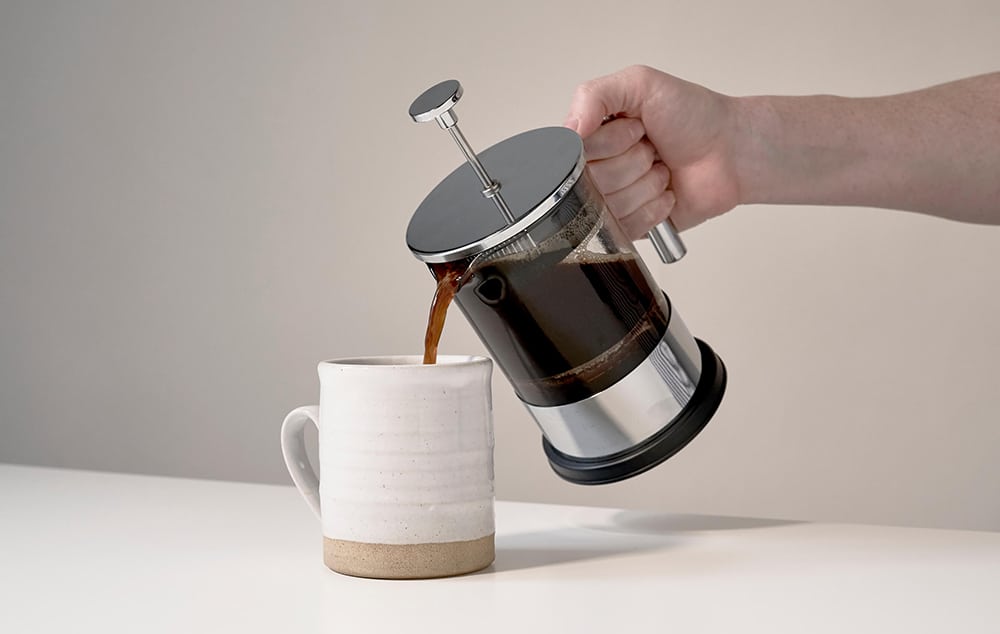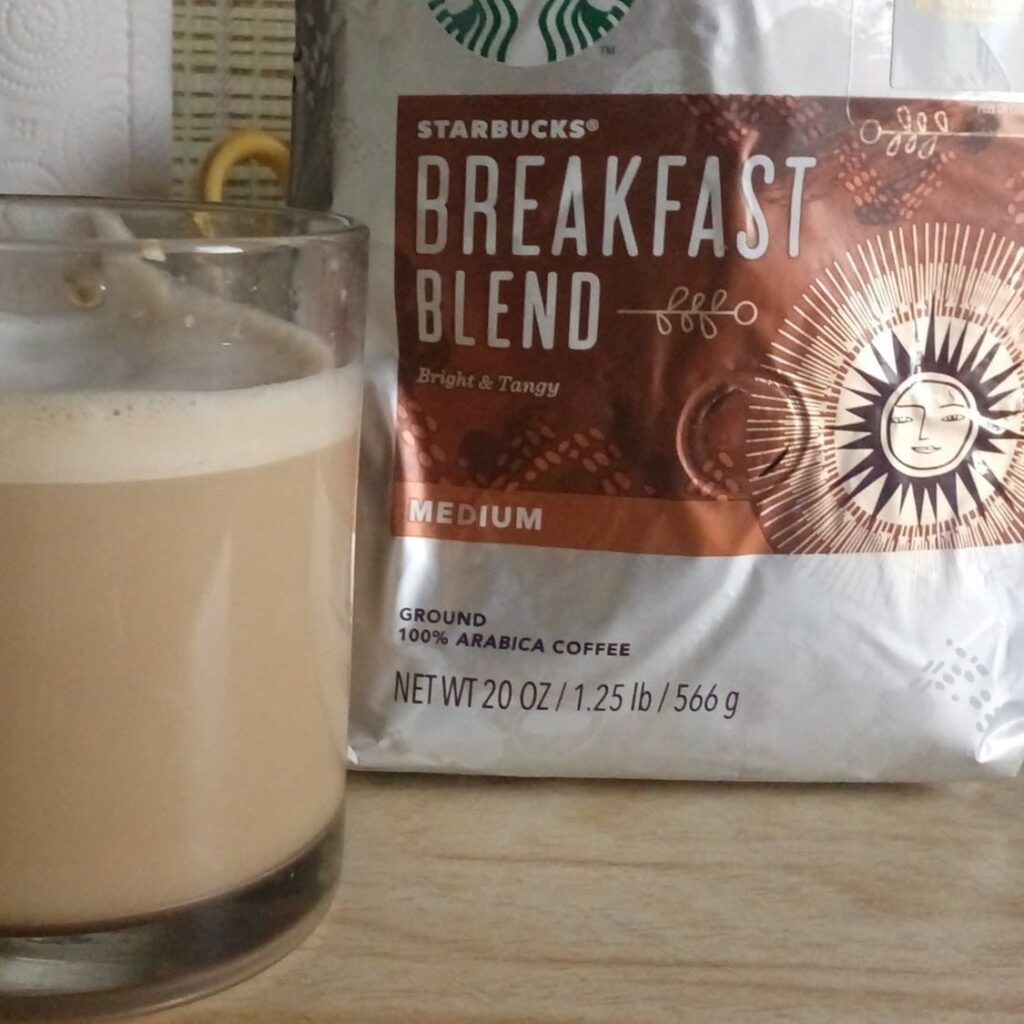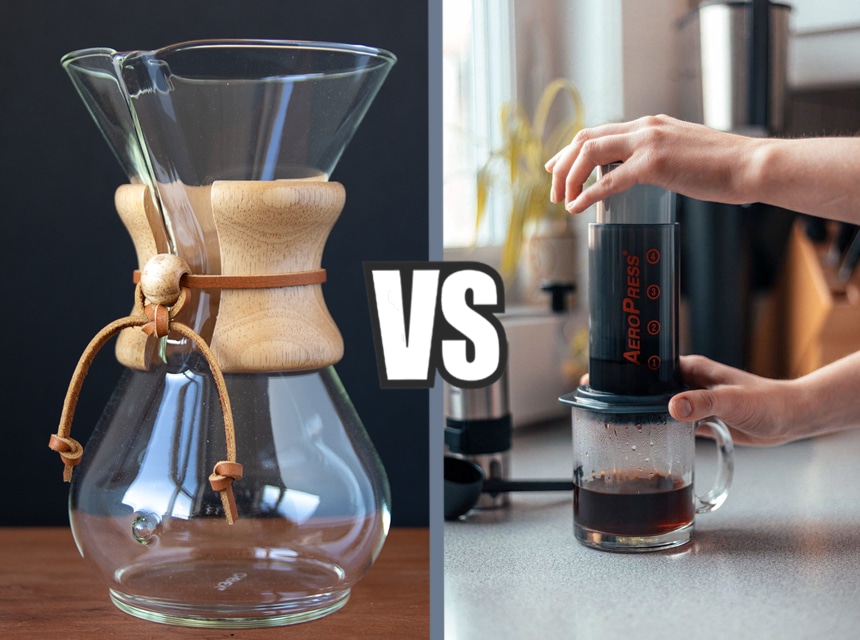

Due to its unique production process, Kopi Luwak coffee is one of the most expensive coffees in the world. The coffee cherries ferment in the intestines of Asian palm civets, and they are collected after being defecated. Although the beans are harvested from excrement, they are relatively safe since they show no contamination from E. coli or other bacteria.
Today, only a handful of producers offer this coffee, and even fewer talk about the production process; This is unfortunate because it has a fascinating origin and history! The coffee originates from Indonesia and has cultural roots dating back to the 19th century. But what is kopi luwak coffee, and what makes it so expensive?
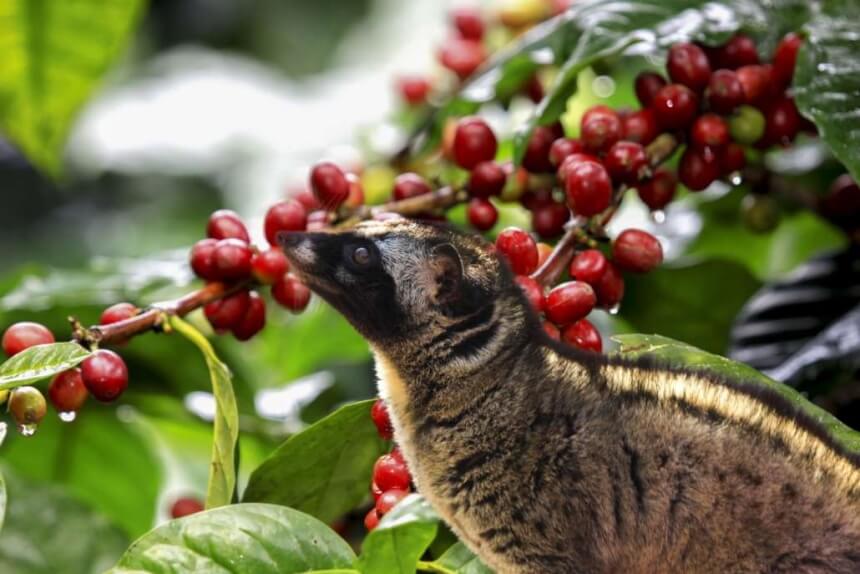
Civets have the unique ability to digest coffee beans and produce the enzyme responsible for the flavor of the coffee. After the civet excretes the beans, they are collected by local farmers who work alongside the civets and provide them with food to ensure a supply of beans. Japan became the leading market for this coffee in the 1980s, but its popularity has grown dramatically since then.
Because of the unique process and time, it takes to retrieve the coffee beans from the civet, the flavor of Kopi Luwak coffee is very distinctive, different from what most people have tried before. During the Kopi Luwak coffee beans production, the animal’s digestive enzymes stimulate the bean’s flavor, which gives it a smooth taste while maintaining its robust bitterness.
Kopi Luwak tastes rich but has a lighter aroma than regular coffees. The flavor also tends to be more acidic and less bitter than regular coffees.
The unique processing method used to produce Kopi Luwak beans is resource- and time-intensive, reflected in the end product’s price. It sells for around $250 – $350 USD per pound or about $10 – $15 USD per cup of coffee.
The higher price stems from the rare taste and extensive manufacturing process; careful preparation and meticulous production ensure a smoother taste than traditional coffee beans. Some people even claim it tastes like chocolate! A lot of people believe that this high quality of taste is worth the price.
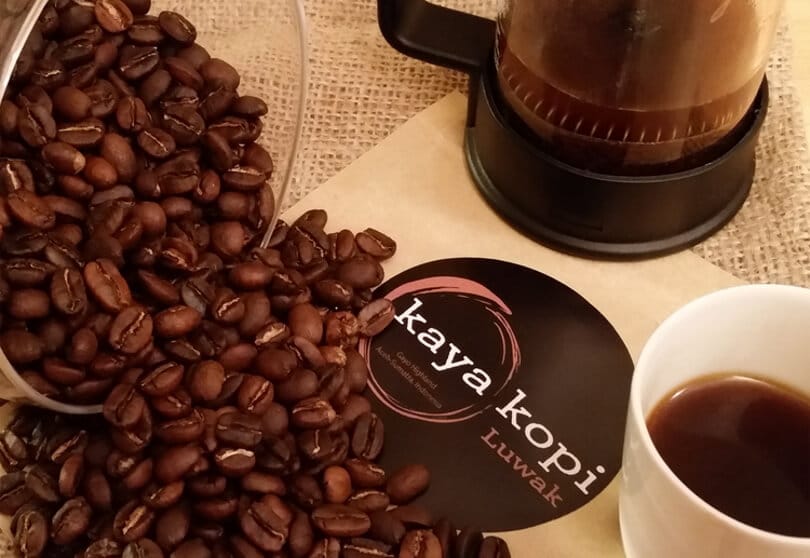
Another method is the French Press, where grounds are kept still in water, commonly known as steeping. Most French Presses come preassembled and with simple instructions on dismantling and reassembling, like the Bodium Brazil French Press Coffee and Tea Maker.
Alternatively, Moka Pot is also a good option for brewing Kopi Luwak coffee. During this process, boiling water is pushed through the coffee ground using steam pressure. It is better to use easy-to-clean Moka Pots like this one since users need to rinse them with clean water.

Some people may wonder if it is safe to drink, given its processing methods. Despite higher levels of contamination in excrement beans, the processed beans are safe to drink as they do not contain bacteria.
After processing, this coffee tastes similar to your average cup of coffee with a robust musky flavor. Kopi Luwak is a delightful combination of nutty and fruity flavors with an all-over cozy and relaxing flavor. Research suggests that Kopi Luwak Coffee contains glutamic acid, which has several health benefits as well.
Despite the high price, it’s worth it to try Kopi Luwak coffee for something different, delicious, and unique – with extra health benefits too!
Despite this daily ritual, it’s always a great choice to try something new – like Kopi Luwak coffee.
A lot of people are drawn to the unique flavor and experience that only Kopi Luwak can provide. However, while some individuals enjoy the taste of Kopi Luwak Coffee, others do not.
Whether you choose to try Kopi Luwak coffee or something more traditional, it all starts with how you make it. A good cup of coffee sets you up for a great day! Kopi Luwak coffee has a history, some intrigue, potential health benefits, and excellent taste. We hope you try it out and enjoy this fascinating brew!

